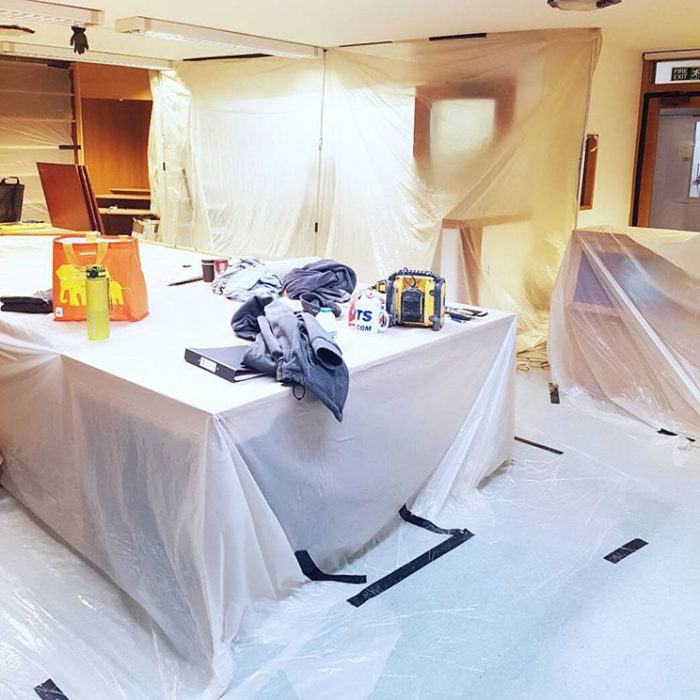
Figure 1: The reading room during the refurbishment
Recently, a lot of things happened at the Churchill Archives Centre, not only for our researchers but also for our staff and collections. A large refurbishment project started at the end of the year 2019 and finished in February 2020. It took about two months to freshen up the reading room, improve our facilities and switch over two rooms.
This whole project started because we knew that our sorting room (fig. 2), where we temporarily locate newly acquired collections waiting to be catalogued and repackaged had periods of too high humidity at certain periods of year, putting the collections in there at risk of mould growth. The environment of the room fluctuated quite a lot through the year, due to the two outside walls and unfortunately not a lot could be done about it. Installing an air conditioning system would have been complicated and too expensive so over the years we tried to improve it by adding a fan on the ceiling and periodically using a dehumidifier to reduce risks of mould growth and providing shelves and pallets to avoid direct contact between the collections and the floor. We also monitored the dampness on the floor and the environmental conditions manually and with a data logger.
During the year of 2018, we recorded the environmental data in the room next door, the reprographics room (fig. 4) where we scan, print and photocopy. The aim was to have an idea of the environmental conditions in there as they actually might be better than in the room next door, the sorting room. Hallelujah! The reprographics room was indeed much more stable than the sorting room because only one small portion of one wall was directly in contact with the exterior. Switching over these rooms would be highly beneficial for the good preservation of our freshly acquired collections, not to mention cheaper and greener than adding a new air con system. Plus, we could take that opportunity to freshen up our furniture…
The new sorting room is now highly secure and functional as we added bespoke mobile shelves (fig. 3). On the other hand, the new reprographics room is now equipped with high quality tables including an electric table that goes up and down (our greatest pride) and a nice storage area for large boards (fig.5).
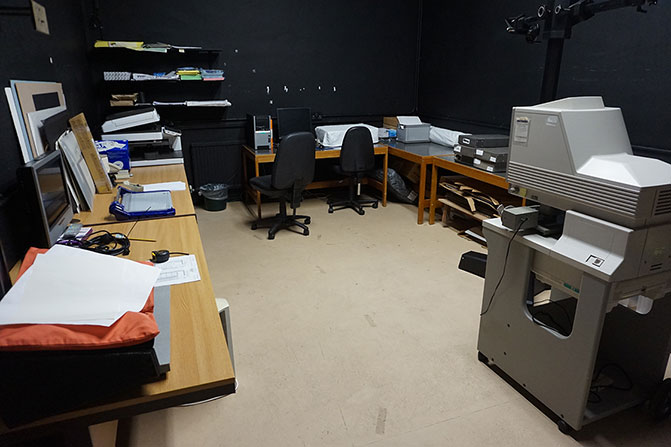
Figure 2: The reprographic room before refurbishment.
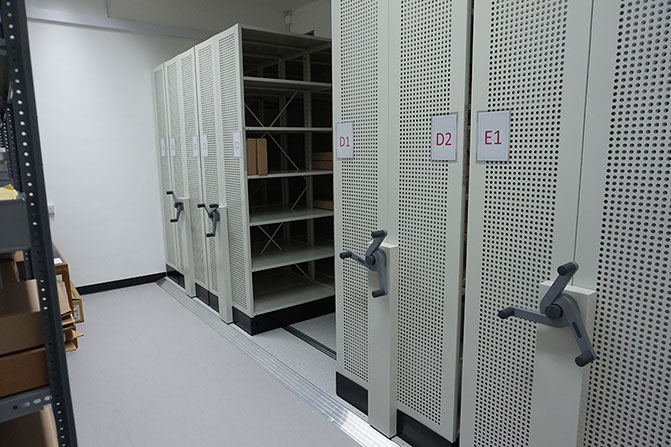
Figure. 3: Same view of the reprographic room transformed into our new sorting room with additional mobile shelves.
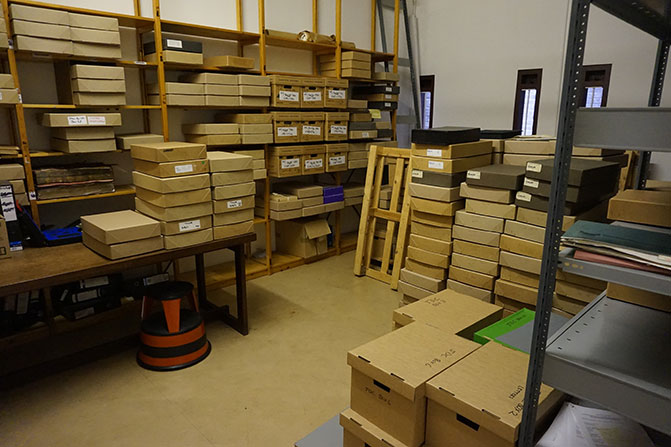
Figure 4: The sorting room before refurbishment.
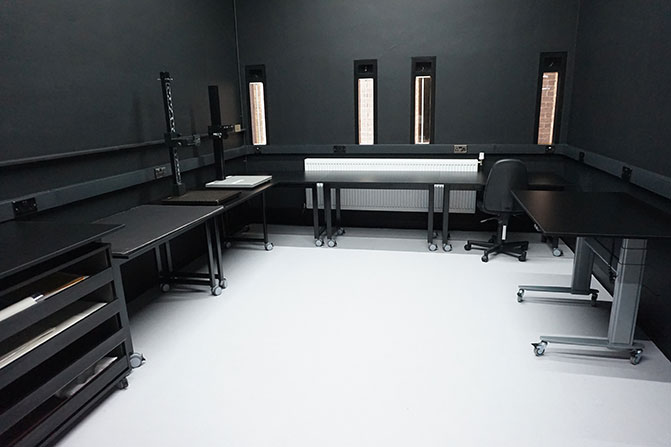
Figure 5: The old sorting room transformed into our new reprographic room with good quality tables.
The Churchill Archives Centre is currently looking into making all our preservation copies in-house with trained staff. Until now, preservation copies have been made in-house on a flat bed scanner (for flat items smaller than A3). We used an external professional photographer to copy bindings or large items but unfortunately he retired. Hence we took this opportunity to think and decide what would be good for the future of our collections. Having a suitable environment and high quality photographic equipment represents a big step forward in the digitisation of our documents. Until now, we have been digitising our collections on an ad hoc basis, on demand. Our new set up may allow us to digitise larger parts of collections in a more proactive way. The purchase of the photographic equipment and training of the staff will be undoubtedly quite expensive, but should save money in the long term as we will not need to pay for the services of an external photographer.
Now, let’s talk about the reading room. Some of you may know that there was a small side room for viewing microfilms within the reading room (fig. 6 and 8). This small area was taking a lot of space that, to be honest, was not often used to say the least so it was concluded that we should simply remove it (fig. 7 and 9). We still have a few documents only available on microfilms but the plan will be to digitise them as soon as possible. Before that happens and if a researcher would like to consult them in the meantime, we kept one microfilm reader that we stored in our new reprographics room which can be used on request.
The information desk was improved too. Now, there is space for two members of staff to be present in the reading room in order to give the best service possible to our researchers and to reduce the risks to the collections during their use in the reading room.
As a final touch to our brand new reading room, we added a third computer as collections are increasingly digitised.
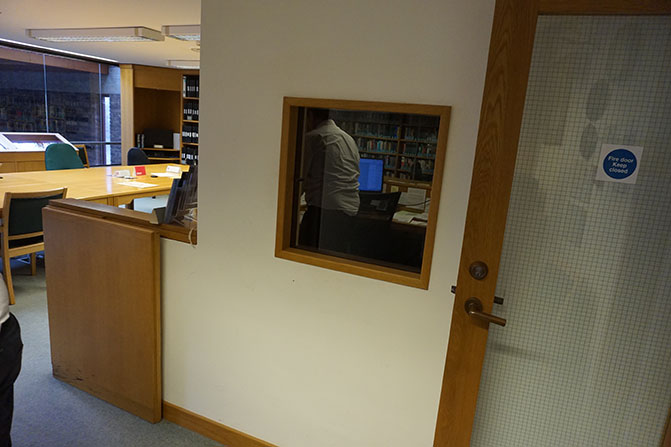
Figure 6: View from the desk of the microfilm room into the reading room.
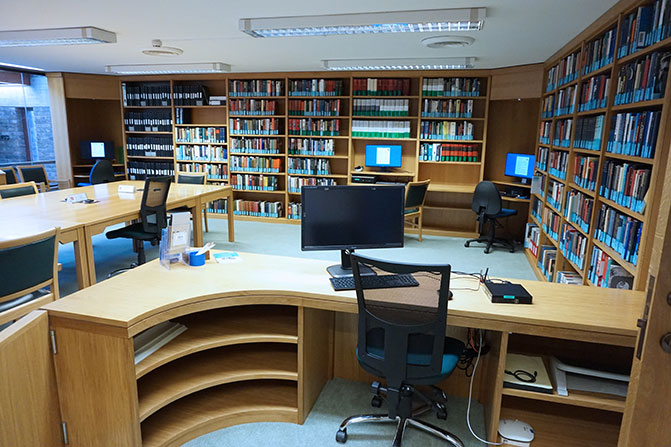
Figure 7: View from the same angle. The microfilm space is gone and the reading room can finally breathe. Note the additional desk for a second member of staff.
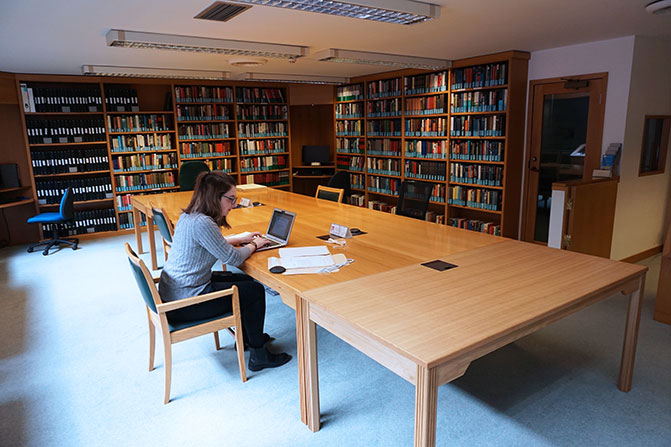
Figure 8: View of the reading room before removing the microfilm room.
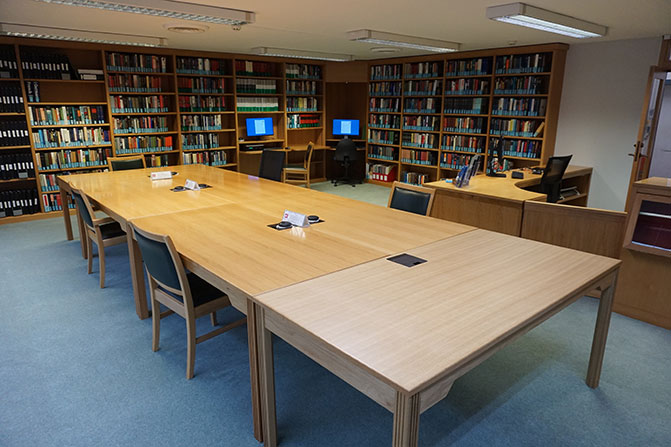
Figure 9: View of the reading after removing the microfilm room and adding a new desk.
We devote significant attention to the wellbeing of our researchers and staff. That’s why we wanted to improve our facilities. The lift was almost 20 years old and started to have the nerve-racking habit of breaking down more and more often. The tough decision was made to replace it. I say tough because lifts are incredibly expensive to install. But it was necessary to avoid the situation where readers or staff members would be stuck in the lift, which might have happened very soon if nothing had changed.
Also, the lockers were in the middle of a corridor just in front of the lift, which was not very enjoyable for people using the lockers (fig. 10). A small room close to the lockers was previously used as a storing room and was now available. The door was extended and the little room freshened up before putting in the lockers and installing a little table by the wall to help readers remove their effects (fig. 11 and 12).
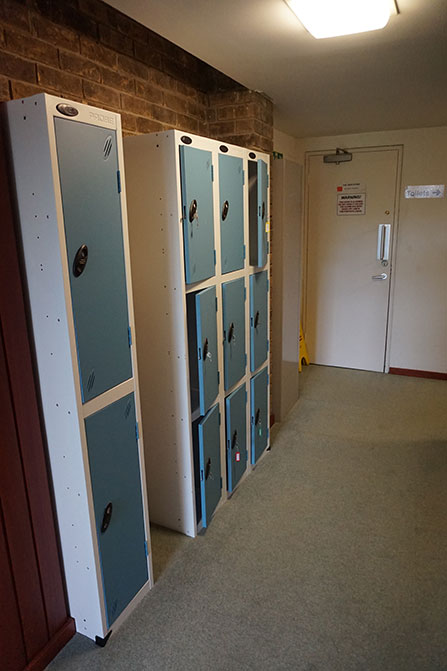
Figure 10: Lockers in the corridor in front of the lift before refurbishment.
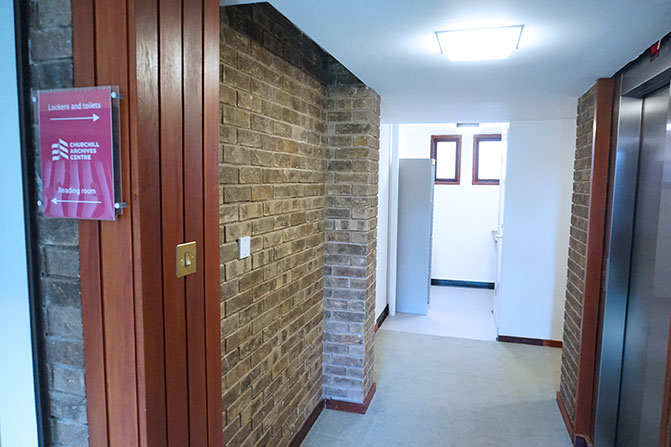
Figure 11: View of the corridor with the lockers installed in the new room at the back, giving much more space in the corridor.
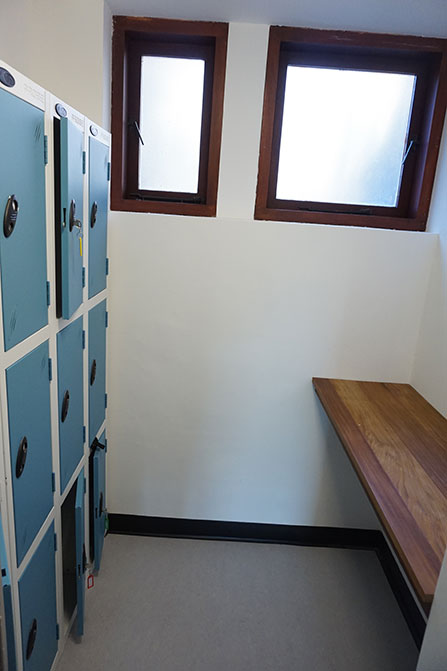
Figure 12: Lockers installed in their new little room with an additional table attached to the wall.
Yes, it was a lot! But it seems like 2020 is the year of change. Plus we want our beloved Archives Centre to be proactive and embrace new technology to conserve our collections and make them accessible in the best way possible. Archives are often wrongly seen as old places full of dust where nothing moves. It is the complete opposite! We do everything we can to avoid dust, and all staff work fervently in the present while planning for the future in order to show the public their past. The care of the documents is always top priority.
It is a shame that we cannot enjoy our new spaces now as we are all working from home due to the pandemic. But as soon as we can hand a file to a reader without risking our own life and others, believe me, we will make the most of it.
Erica D’Alessandro, Conservator
Subscribe to Churchill Archives Centre News
Subscribe to the Churchill Archives News RSS feed:
